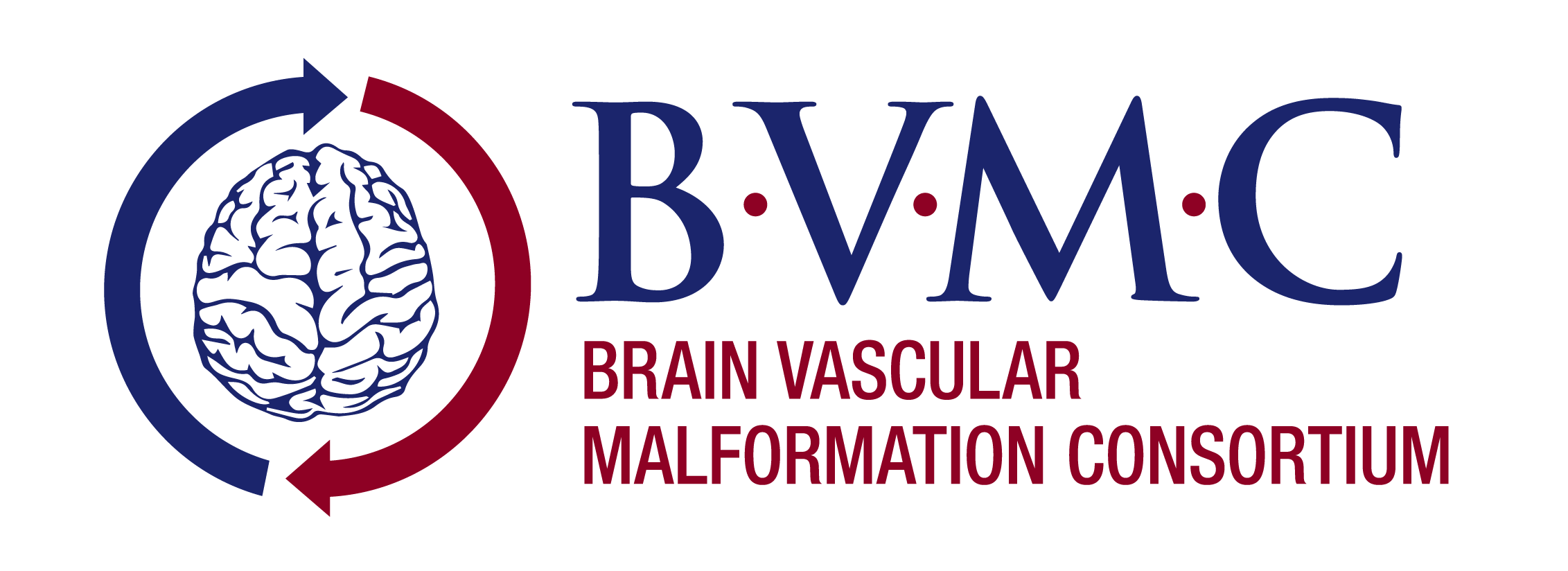What are Cerebral Cavernous Malformations?
Cerebral Cavernous Malformations, also termed Cavernous Angioma and Cavernoma, is a disorder that affects the vascular system (blood vessels) by causing vascular malformations in the brain and spine. Individuals affected by CCM may experience a variety of symptoms ranging from headaches to neurological deficits, seizures and/or stroke.
Some people with CCM have no symptoms, while others may have serious symptoms such as seizures (most common), headaches, paralysis, hearing or vision changes, and bleeding in the brain (cerebral hemorrhage). Not everyone with CCM is affected in the same way. Some patients have mild disease, while others may have severe bleeding in the brain, which can be life-threatening.
The two types of CCM are familial (inherited) and sporadic (occurring for no clear reason).
Who gets Cerebral Cavernous Malformations?
Approximately 0.5 percent of the general population is affected by cerebral cavernous malformations. CCM occurs in both men and women and can affect children and adults.
What causes Cerebral Cavernous Malformations?
CCM may be inherited due to mutations in one of three genes, CCM1, CCM2, or CCM3 – individuals with this inherited form typically have multiple CCM lesions. Alternatively, single lesions are often seen in patients with the sporadic (non - genetic) form of CCM.
How is Cerebral Cavernous Malformations Diagnosed?
Magnetic Resonance Imaging (MRI) is used to detect CCM lesions and diagnose the illness. Alternatively, genetic testing is available to diagnose the inherited form of CCM.
What is the treatment for Cerebral Cavernous Malformations?
Treatment for Cerebral Cavernous Malformations often varies depending on symptoms.
Treatment plans may include:
- Observation. No further studies unless clinical condition changes but regular follow-up and update visits annually or as needed to review seizure history and headache history and to recommend lifestyle changes such as weight loss, daily exercise, improvement in sleep hygiene, avoidance of triggers or to advise on medical disorders that may impact CCMs such as blood clotting disorders, hypertension, need for chemotherapy or radiation.
- Imaging. Doctors monitor the cavernous malformation with yearly MRI (magnetic resonance imaging) scans to see if the malformation changes. This is typically the case when the malformation is found during tests for other conditions and isn't causing problems.
- Medication. If the CCM causes symptoms, medication for the specific symptom may be used. For example, Seizures are usually treated with antiepileptic drugs. Headaches may be treated with lifestyle changes (weight loss, daily exercise, improvement in sleep hygiene, avoidance of triggers), medications for symptomatic relief, or with medications to reduce the frequency of headaches, reduce the duration of headaches, or to reduce the severity of headaches.
- Surgery. If one of the CCMs is causing specific and related symptoms and is in a location that can be reached surgically, surgical consultation may be recommended. Surgery may be required to treat acute hemorrhage and brain swelling that is life threatening or that is likely to cause neurological injury.
- Stereotactic radiosurgery. Doctors may use stereotactic radiosurgery (targeted radiation) to treat malformations causing symptoms and that are located in areas of the brain that can't be treated with surgery. This may decrease the repeat hemorrhage rate. However, radiosurgery hasn't been shown to completely eliminate malformations and there is growing concern that radiation may increase lesion development.

